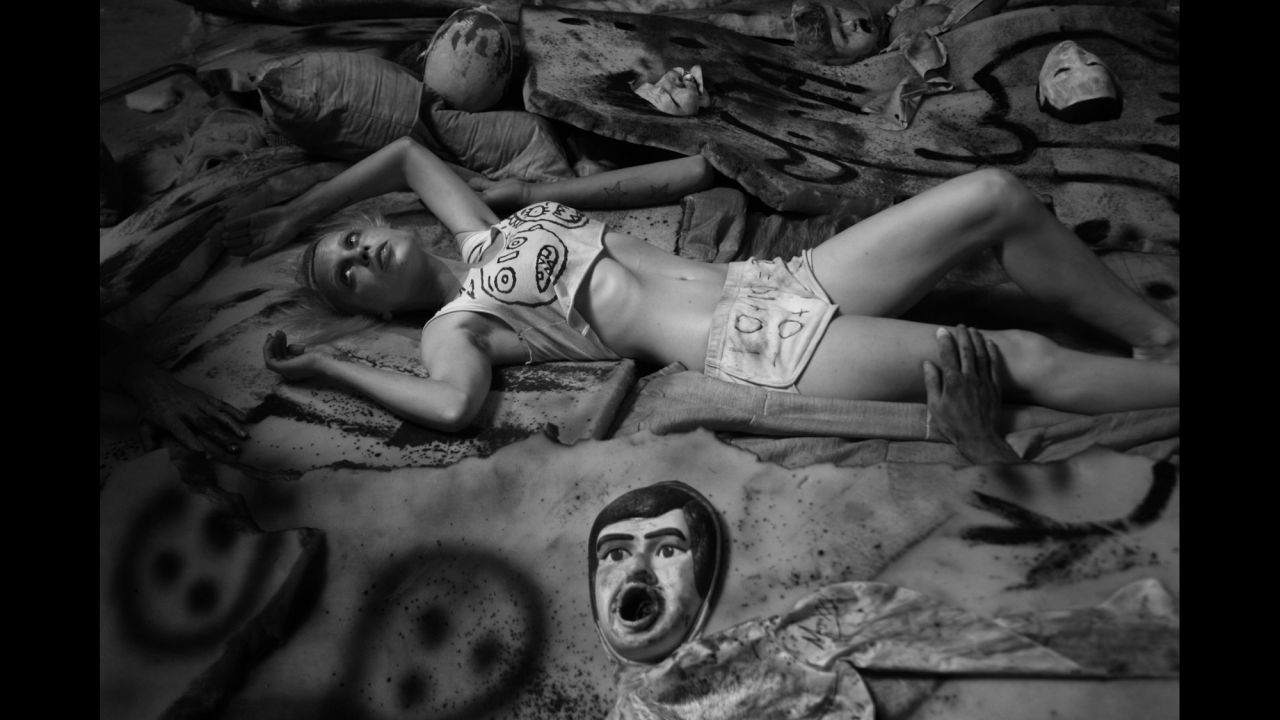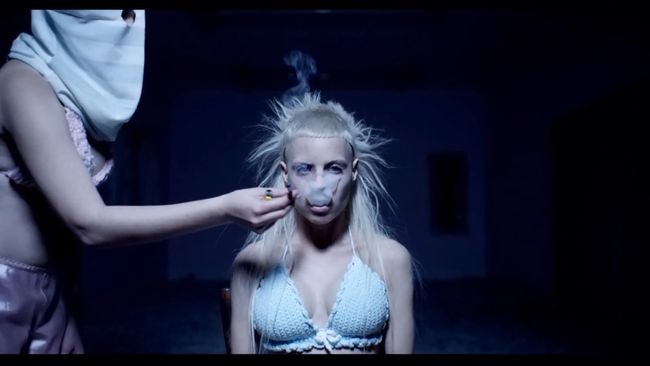The Internet as a Catalyst: How Die Antwoord Redefined the Music Industry
Part 1: A Gritty Journey Through Zef Culture
Die Antwoord's enigmatic rise from the gritty streets of South Africa to global stardom is a saga of resilience, artistic defiance, and the transformative power of the Internet. In the sprawling metropolis of Cape Town, two musical mavericks, Watkin Tudor Jones and Andre Du Toit, embarked on a tumultuous journey long before they adopted their iconic personas as Ninja and Yolandi Visser of Die Antwoord.
In the midst of the vibrant and unconventional "zef" culture, characterized by its fusion of modern trashiness and unapologetic flamboyance, Jones and Du Toit found inspiration. Zef became their artistic canvas, a tapestry woven from discarded cultural elements, an ode to the unconventional beauty that emerges from the underbelly of society. As Yolandi succinctly described,
"It's associated with people who soup their cars up and rock gold and shit. Zef is, you're poor but you're fancy. You're poor but you're sexy, you've got style."

Forming Die Antwoord in 2008, the duo embarked on an audacious mission to challenge the boundaries of music and self-expression. Their debut album, $O$, which emerged as a free download on their official website, became an immediate statement of their unorthodox approach. It was a pivotal moment, as Die Antwoord embraced the Internet from its inception, recognizing its potential as a vehicle for reaching a global audience and connecting with their fans directly. $O$ went on to earn them their next level.
However, the path to stardom for Ninja and Yolandi was paved with struggle. They had traversed the arduous terrain of the music industry for years. The world remained largely indifferent to their artistic endeavors. Yet, their dedication never wavered, fueled by an unyielding belief in their vision and a refusal to conform to industry standards.
A seismic shift occurred in 2009 when Die Antwoord's audacious YouTube video "Enter the Ninja" detonated like a cultural bomb, unleashing a viral wave that reverberated across the globe. Millions were captivated by their unapologetic audacity, their electrifying sound, and their mesmerizing visuals. It was a defining moment, a gateway to a realm of possibilities previously unimaginable.
Reflecting on their journey, Ninja shared,
"We didn't get booked for ages. Now in three days, we are being offered 50,000 rand for a gig. I wake up at three in the morning to check all the emails."
The Internet had become their most potent ally, propelling them into a realm of unprecedented opportunities and adoration.
Part 2: Breaking Free, Embracing the Internet
In 2010, Die Antwoord found themselves at the center of a whirlwind as Interscope Records discovered their audacious musical universe. Ninja fondly recalled the moment,
"I kissed him on each cheek, because we were making a deal like you do with the mafia. Die Antwoord is in business with Interscope now."
The allure of mainstream success beckoned, offering a tantalizing taste of the industry's lavish lifestyle. But the partnership with Interscope wasn't without its struggles. Yolandi Visser revealed the tension, sharing,
"They kept pushing us to be more generic in order to make more money."
In November 2011, they made a daring move, severing ties with Interscope Records and reclaiming their independence. With newfound freedom, Die Antwoord formed their own label, Zef Recordz, becoming pioneers of the digital era. Embracing the power of the Internet, they defied conventional distribution methods. CDs were deemed archaic, replaced by digital downloads and flash drives. As Ninja eloquently put it,
"Because CDs are like motherfucking VHS."
Die Antwoord's innovative approach extended beyond formats. They made their music freely available, encouraging its spread. Their first single, "Fok Julle Naaiers," exemplified their vision, released as a DRM-free, spreading-encouraged track. Their goal was clear – to connect with fans through unrestricted access to their music and let their live performances be the source of their success. The Internet became their playground, a realm where they could transcend traditional gatekeepers and build a loyal following. YouTube became a catalyst for their rise to prominence. By 2014 YouTube videos like "Fok Julle Naaiers", "I Fink U Freeky", "Baby's on Fire", "Fatty Boom Boom", and “Cookie Thumper” garnered millions of views, propelling Die Antwoord into the limelight.
Die Antwoord's audacious departure from Interscope and their unwavering embrace of the Internet marked a turning point in their journey. They carved their own path, harnessing the digital landscape to amplify their creative expression.

Part 3: The Battle for Digital Autonomy: Pondering the Future
In the ever-evolving landscape of the internet, a daunting question looms: Would Die Antwoord find success if they were to embark on their journey today, with the growing restrictions and corporate dominance? The once-unfettered realm of artistic expression has succumbed to the tightening grip of censorship and control. Die Antwoord's meteoric rise was fueled by their ability to harness the power of the Internet. They understood the potential of the digital realm, using free downloads, viral music videos, and an unyielding commitment to artistic authenticity to carve their path. But the tides have shifted, and the obstacles facing independent artists today are more formidable than ever.
As social media giants and streaming platforms impose strict regulations, the ability to freely express oneself becomes increasingly constrained. The same viral videos that catapulted Die Antwoord to fame might now be buried beneath algorithms and invisible walls. The reach and visibility that once seemed limitless are now subject to the whims of corporate gatekeepers. In this landscape of limitations, the emergence of platforms like Artopium provides a glimmer of hope. Artopium offers a sanctuary for artists seeking refuge from the clutches of corporate control. It operates on the principle of democratizing the digital space, providing a fair and equal opportunity for independent artists to thrive.
By fostering direct connections between creators and their audience, Artopium circumvents the traditional gatekeepers that stifle innovation. It champions the power of the individual, allowing artists to maintain creative control and retain their unique voice in an increasingly homogenized digital landscape. Die Antwoord, with their unapologetic spirit and refusal to conform, embody the essence of what Artopium represents. They were trailblazers, pushing the boundaries of artistic expression and seizing the potential of the internet. While the challenges they faced were significant, they were able to break through the noise and connect with a global audience. Today, with the dominance of corporate control and the limitations imposed on independent artists, Die Antwoord's journey might face even greater obstacles. However, platforms like Artopium offer a lifeline—a means to reclaim the autonomy and creative freedom that are being slowly eroded. As the battle for digital autonomy rages on, the future remains uncertain. But as long as artists like Die Antwoord continue to defy the status quo and platforms like Artopium exist, there is hope for a more inclusive and artist-centric digital landscape—a future where creativity can flourish unrestricted.
